The 5.3 Vortec is a 5.3L Gen. 3 small block engine that has become a staple in GM trucks and SUVs since its introduction in the late 1990s. Known for its reliability and performance, this engine has powered a wide range of vehicles, becoming a favorite among enthusiasts and everyday drivers alike.
Similar to other engines in General Motors' LS family, the 5.3 Vortec shares many mechanical features with its larger counterparts. It can be found in various GM brands, including Chevrolet, GMC, and Cadillac, showcasing the versatility and engineering prowess of GM’s design philosophy.

The popularity of LS and Vortec engines has made them the go-to choice for performance upgrades and engine swaps in the automotive community. Their robust design allows for significant horsepower gains, making them ideal for those looking to enhance their vehicle's performance.
The 5.3 Vortec engine responds exceptionally well to modifications, including forced induction systems like turbos and superchargers, as well as high-flow cylinder heads and performance cams. These enhancements can dramatically increase power output, making it a favorite for tuners.
The aftermarket support for the 5.3 Vortec is extensive, with numerous companies offering performance parts, crate engines, and other upgrades. Enthusiasts can often find used motors at reasonable prices in junkyards, further expanding their options for modifications and replacements.
This guide provides comprehensive information about the 5.3 Vortec engine, including specifications, applications, and performance potential. Whether you’re an engine builder, a tuner, or simply a curious enthusiast, this resource will serve as a valuable reference for understanding the capabilities of this remarkable engine.
Different Versions of the 5.3 Vortec
The 5.3 Vortec engine exists in several generations and configurations, each offering unique features, technologies, and performance characteristics. Although they share the same displacement, their internal components, electronics, and design updates differ significantly.
| Generation | RPO Codes | Block Material | Key Features | Years |
|---|---|---|---|---|
| Gen III Vortec 5300 | LM7, L59, LR4 | Iron block (LM7/L59), Aluminum (L33 HO) | Cable throttle, 24x reluctor wheel, early LS architecture | 1999–2007 |
| Gen III HO Variant | L33 | Aluminum | High-output version, higher compression, 799/243 heads | 2005–2007 |
| Gen IV Early Models | LH6, LC9 | Aluminum | Drive-by-wire, 58x reluctor wheel, AFM on some models | 2005–2014 |
| Gen IV Iron-Block Versions | LMG | Iron | Flex-fuel capability, AFM, stronger block for boost | 2007–2014 |
| Special Applications | LH8, LH9 | Aluminum | Used in Hummer H3/Colorado/Canyon, low-profile oil pans | 2009–2012 |
The Gen III engines (1999–2007) are valued for their simplicity and reliability, while the Gen IV engines (2005–2014) bring modern electronics, AFM technology, and better efficiency. The high-output L33 is a standout for performance builds, whereas LH8/LH9 engines are designed for mid-size trucks and specialty applications.

How Much Horsepower Does the 5.3 Vortec Have?
The 5.3 Vortec engine is known for its impressive horsepower output, making it a popular choice among truck and SUV owners. In its factory configuration, the 5.3 Vortec typically produces 310 to 326 horsepower, depending on the specific model and fuel type. For example, models like the 2006-2014 Chevrolet Tahoe and Suburban deliver 320 hp (239 kW) on regular unleaded fuel and 326 hp (243 kW) on E85 flex fuel.
This power range allows the engine to deliver solid performance for everyday driving, as well as for towing and hauling tasks. The 5.3 Vortec's efficiency and capability have contributed to its reputation as a reliable workhorse in GM's lineup.
For those looking to enhance performance, the 5.3 Vortec responds exceptionally well to modifications. Upgrades such as high-flow intake systems, aftermarket exhaust headers, and performance tuners can significantly boost horsepower. Enthusiasts have reported gains of 50 to 100 additional horsepower with the right modifications, particularly when incorporating forced induction systems like superchargers or turbos.
Ultimately, the horsepower potential of the 5.3 Vortec is not only a testament to its design but also to the wide range of aftermarket options available, allowing enthusiasts to tailor the engine's performance to their specific needs. Whether for daily driving or high-performance builds, the 5.3 Vortec stands out as a powerful and versatile engine choice.
Common 5.3 Vortec Problems & Weak Points
While the 5.3 Vortec is known for durability, several issues appear consistently across various generations:
-
AFM Lifter Failure (Gen IV): Lifter collapse causing misfires, oil consumption, and cylinder deactivation malfunctions.
-
Excessive Oil Consumption: Common in 2007–2011 engines due to piston ring design, PCV system issues, or AFM-related oil spray.
-
Intake Manifold & Vacuum Leaks: Aging plastic manifolds and gaskets can lead to rough idle and lean codes.
-
Oil Pump or Pickup Tube O-Ring Problems: Causes low oil pressure, lifter ticking, and poor lubrication during cold starts.
-
Fuel Injector Limitations: Stock 24 lb/hr injectors max out with performance cams or boost.
-
Rod Strength Limitations: Powdered-metal rods typically become a risk above ~550–600 whp under heavy boost.
Vehicles Equipped With the 5.3 Vortec
The 5.3 Vortec has been installed in a wide variety of GM vehicles over several generations:
| Brand | Models | Engine Versions Included | Years |
|---|---|---|---|
| Chevrolet | Silverado 1500, Tahoe, Suburban, Avalanche, Trailblazer, Express Van | LM7, LMG, LC9, LH6 | 1999–2014 |
| GMC | Sierra 1500, Yukon, Yukon XL, Envoy | LM7, LMG, LC9, LH6 | 1999–2014 |
| Cadillac | Escalade | LM7, LC9 | 2002–2006 |
| Hummer | H3 Alpha | LH8/LH9 | 2008–2010 |
| Chevrolet/GMC Midsize | Colorado/Canyon V8 | LH8/LH9 | 2009–2012 |
| Commercial Vehicles | Express/Savana Vans | LM7, LMG | 2003–2017 |
The 5.3 appeared mainly in half-ton trucks and full-size SUVs, providing an excellent balance of torque, efficiency, and reliability. Specialty vehicles like the Hummer H3 Alpha and mid-size trucks also benefited from this versatile engine.
5.3 Vortec Engine Blocks
| Specification | Value |
|---|---|
| Casting Numbers | 12558371, 12561168 |
| Material | Iron |
| Displacement | 5.3L / 323 c.i.d. |
| Bore Diameter | 3.780 in. |
| Stroke | 3.622 in. |
| Deck Height | 9.240 in. |
| Bore Spacing | 4.400 in. |
| Main Cap Style | 6-Bolt |
5.3 Vortec Rotating Assembly
| Specification | Value |
|---|---|
| Piston Material | Hypereutectic Cast Aluminum Alloy |
| Piston Style | Flat Top |
| Connecting Rod Material | Powdered Metal |
| Connecting Rod Length | 6.098 in. |
| Crankshaft Material | Cast Iron |
5.3 Vortec Cylinder Heads
| Specification | Value |
|---|---|
| Casting Numbers | 799, 243 |
| Material | Aluminum |
| Combustion Chamber Volume | 62cc |
| Intake Port Shape | Cathedral |
| Intake Runner Volume | 190cc |
| Exhaust Port Shape | D-Port |
| Intake Valve Diameter | 2.000 in. |
| Exhaust Valve Diameter | 1.550 in. |
5.3 Vortec Cam Specifications
| Specification | Value |
|---|---|
| Part Number | 12561721 |
| Duration @ .050 in. (int./exh.) | 196/207 |
| Valve Lift (int./exh.) | 0.467 in./0.480 in. |
| Lobe Separation Angle | 116° |
5.3 Vortec Valvetrain Specs
| Specification | Value |
|---|---|
| Lifter Style | Hydraulic Roller |
| Pushrod Length | 7.400 in. |
| Rocker Arm Style | Die-Cast, Roller Fulcrum |
| Rocker Ratio | 1.7 |
Other Key 5.3 Vortec Specs
| Specification | Value |
|---|---|
| Intake Manifold | Truck Style |
| Throttle Body | 78mm |
| Fuel Injector Flow | 24 lbs./hr. |
| Oil Pan | Standard Volume |
Different Versions of the 5.3 Vortec
The 5.3 Vortec engine exists in several generations and configurations, each offering unique features, technologies, and performance characteristics. Although they share the same displacement, their internal components, electronics, and design updates differ significantly.
Overview of 5.3 Vortec Versions
| Generation | RPO Codes | Block Material | Key Features | Years |
|---|---|---|---|---|
| Gen III Vortec 5300 | LM7, L59, LR4 | Iron block (LM7/L59), Aluminum (L33 HO) | Cable throttle, 24x reluctor wheel, early LS architecture | 1999–2007 |
| Gen III HO Variant | L33 | Aluminum | High-output version, higher compression, 799/243 heads | 2005–2007 |
| Gen IV Early Models | LH6, LC9 | Aluminum | Drive-by-wire, 58x reluctor wheel, AFM on some models | 2005–2014 |
| Gen IV Iron-Block Versions | LMG | Iron | Flex-fuel capability, AFM, stronger block for boost | 2007–2014 |
| Special Applications | LH8, LH9 | Aluminum | Used in Hummer H3/Colorado/Canyon, low-profile oil pans | 2009–2012 |
Text Explanation
-
Gen III (1999–2007): Known for reliability and simple electronics. The LM7 is the most common, while the L33 is a desirable high-output aluminum version with better heads.
-
Gen IV (2005–2014): Introduced updated electronics, drive-by-wire, and AFM. The LC9 and LMG are the most frequently found in trucks and SUVs.
-
Special Variants (LH8/LH9): Designed for mid-size trucks and off-road vehicles; often preferred for swaps due to compact accessory layout.
Performance Potential: Horsepower Gains by Modification Level
The 5.3 Vortec engine offers remarkable performance potential, responding well to a wide range of modifications that can suit both casual street driving and serious high-power applications.
- Basic Bolt-Ons: A simple set of upgrades—such as a cold air intake, long-tube headers, a cat-back exhaust, and an ECU tune—can improve airflow and engine efficiency. These bolt-ons typically yield an additional 20 to 40 horsepower, providing noticeable improvements in throttle response, mid-range power, and overall driving enjoyment.
- Camshaft Upgrades and Supporting Modifications: For enthusiasts seeking higher performance, installing a performance camshaft along with upgraded valve springs, pushrods, and an LS6 intake manifold can unlock significant additional power. This combination, especially when paired with proper tuning and upgraded fuel injectors, can raise output by 60 to 120 horsepower, making the engine more responsive across the RPM range and enhancing its high-end performance.
- Ported Heads and Aggressive Cam Packages: Further modifications, such as CNC-ported 799 or 243 cylinder heads combined with an aggressive camshaft, allow the engine to breathe more efficiently at high RPMs. With careful tuning, these upgrades can increase horsepower by up to 200 over stock levels, bringing the total output into the 480–520 hp range. This level of enhancement is ideal for enthusiasts who want a powerful naturally aspirated build with strong torque and top-end performance.
- Boosted Applications: The 5.3 Vortec, especially iron-block variants, is highly capable of handling forced induction. Moderate boost levels of 7–10 psi on a stock iron-block engine can produce 500–600 horsepower, while higher boost pressures of 12–16 psi can reach 650–750 horsepower, approaching the limits of the stock connecting rods. Engines with forged internals and supporting upgrades can exceed 900 horsepower, and even surpass 1,200 hp in fully built configurations. Turbocharging or supercharging transforms the 5.3 Vortec into a formidable high-power engine suitable for drag racing, off-road builds, or high-performance street applications.
Conclusion
In conclusion, the 5.3 Vortec engine stands as a testament to General Motors' engineering excellence and commitment to performance. Its versatility across various GM vehicles, combined with a robust aftermarket support system, makes it an ideal choice for both casual drivers and serious automotive enthusiasts. Whether you’re looking to enhance your vehicle’s power or simply appreciate the engineering behind this iconic engine, understanding the 5.3 Vortec opens up a world of possibilities. As you explore the options for upgrades and modifications, remember that the potential for performance is vast, limited only by your imagination and willingness to experiment. Embrace the journey of working with the 5.3 Vortec, and enjoy the ride that comes with unleashing its full capabilities.
FAQ
Q1. What vehicles come with the 5.3 Vortec engine?
The 5.3 Vortec engine is commonly found in GM trucks and SUVs, including the Chevrolet Silverado, Tahoe, Suburban, GMC Sierra, Yukon, Cadillac Escalade, and the Hummer H3. It has been used in various configurations from 1999 to 2014.
Q2. What is the horsepower of the 5.3 Vortec engine?
The 5.3 Vortec typically produces between 310 to 326 horsepower depending on the specific model and fuel type. For example, the 2006–2014 Chevrolet Tahoe offers 320 hp with regular fuel and 326 hp with E85 flex fuel.
Q3. What are the main differences between the Gen III and Gen IV 5.3 Vortec engines?
The Gen III (1999–2007) engines are known for their simplicity and reliability with a cable throttle and 24x reluctor wheel. In contrast, the Gen IV (2005–2014) models feature drive-by-wire throttle, a 58x reluctor wheel, and Active Fuel Management (AFM), improving fuel efficiency and performance.
Q4. What are common issues with the 5.3 Vortec engine?
Common issues include AFM lifter failure (Gen IV), excessive oil consumption (especially in 2007–2011 engines), intake manifold and vacuum leaks, oil pump or pickup tube O-ring problems, and fuel injector limitations.
Q5. How reliable is the 5.3 Vortec engine?
The 5.3 Vortec is generally considered very reliable, especially in its stock form. However, some models may suffer from issues like excessive oil consumption or lifter failures over time. Regular maintenance and timely repairs can significantly extend its lifespan.
Q6. Can I modify the 5.3 Vortec engine for more horsepower?
Yes, the 5.3 Vortec engine responds well to modifications. Simple bolt-ons like cold air intakes, headers, and exhaust systems can add 20-40 horsepower, while more significant upgrades such as performance camshafts, ported heads, and forced induction systems (turbos/superchargers) can boost output by up to 200+ horsepower or even higher with forced induction.
Q7. How much horsepower can the 5.3 Vortec engine handle with forced induction?
The 5.3 Vortec can handle moderate boost levels of 7–10 psi, producing around 500-600 horsepower. With higher boost levels (12–16 psi), it can reach 650-750 horsepower. With forged internals and proper tuning, it can exceed 900 horsepower and even surpass 1,200 hp in fully built configurations.
Q8. What is the lifespan of a 5.3 Vortec engine?
The lifespan of a 5.3 Vortec engine can vary depending on maintenance and usage, but with proper care, it can easily last 200,000 miles or more. Regular oil changes, using high-quality fluids, and addressing issues promptly will help ensure long-term reliability.
Q9. What is the difference between the L33 high-output version and other 5.3 Vortec engines?
The L33 variant (produced from 2005-2007) is a high-output version with an aluminum block, higher compression ratio, and improved cylinder heads (799/243 heads). This makes it a favorite for performance enthusiasts as it offers better flow and potential for power gains compared to the standard versions.
Q10. Is the 5.3 Vortec engine good for towing?
Yes, the 5.3 Vortec engine is well-suited for towing due to its good balance of horsepower and torque. It can tow significant loads, with many GM trucks and SUVs equipped with this engine capable of towing between 6,000 and 9,000 lbs, depending on the model and configuration.
Last Chance! FlashArk Racing Limited-Time Discounts Are Here!
Don't miss out on these exclusive deals! FlashArk Racing is currently offering amazing limited-time promotions to help you upgrade your racing gear and accessories at unbeatable prices. Check out our current discounts:
- Extra 10% Off for All Exhaust Headers
- Extra 11% Off for All Catback Exhausts
- Extra 12% Off for All Downpipe Exhausts
- Extra 11% Off for All Catalytic Converter
- Extra 13% Off for Cold Air Intake
- Extra 15% Off for DPF & CAT Delete Pipe
Hurry, these offers are available for a limited time only! Click the link below to grab your discount right now:
👉Click here to visit the Flashark discount page and claim your offer!




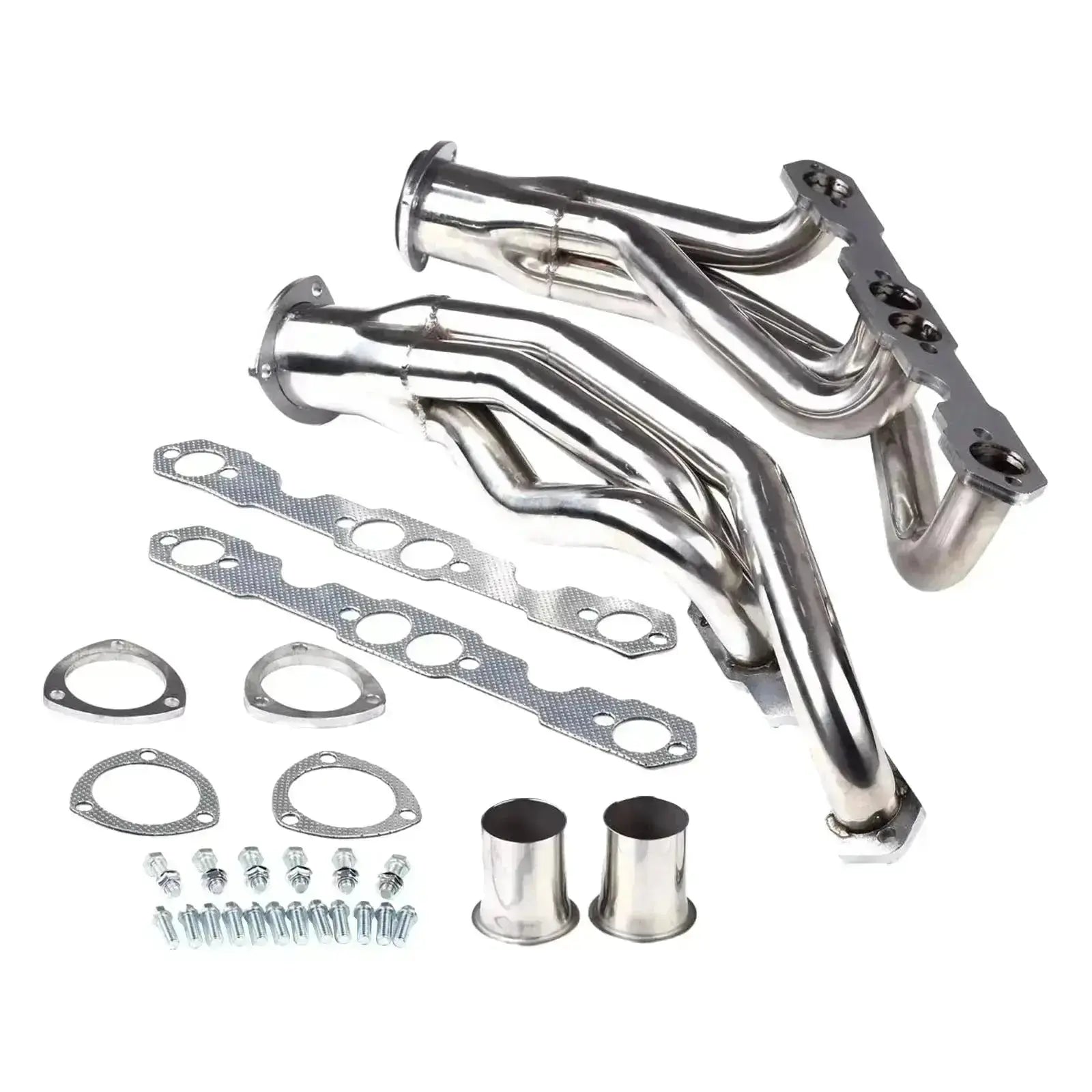
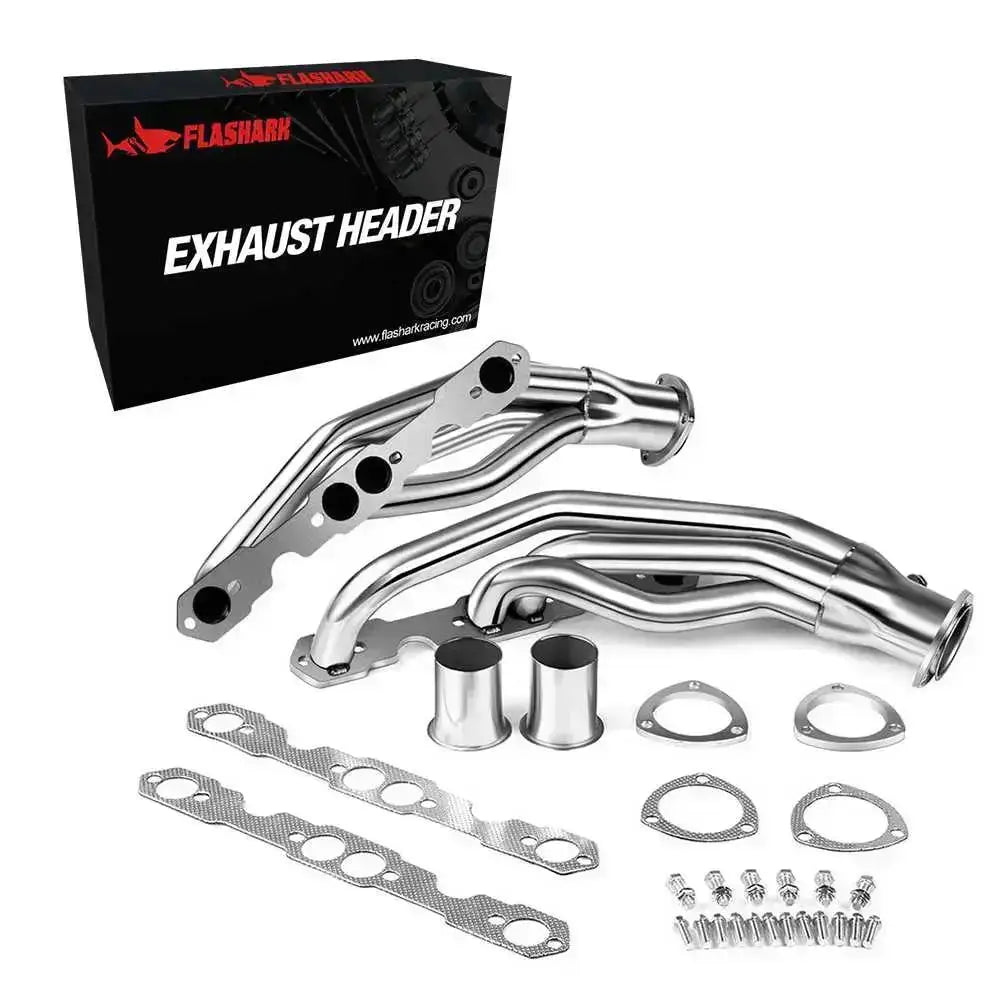

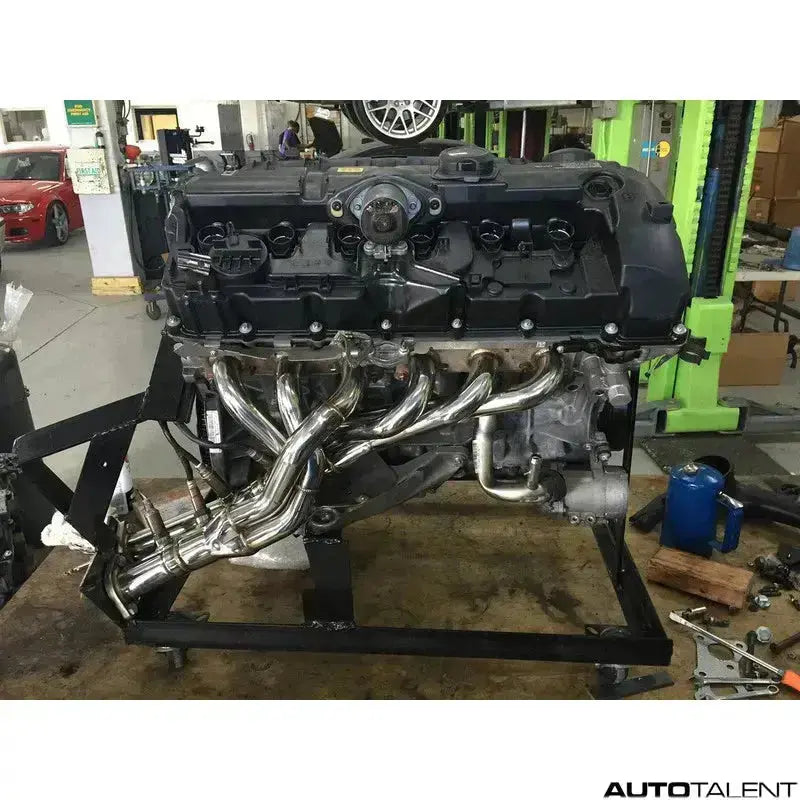



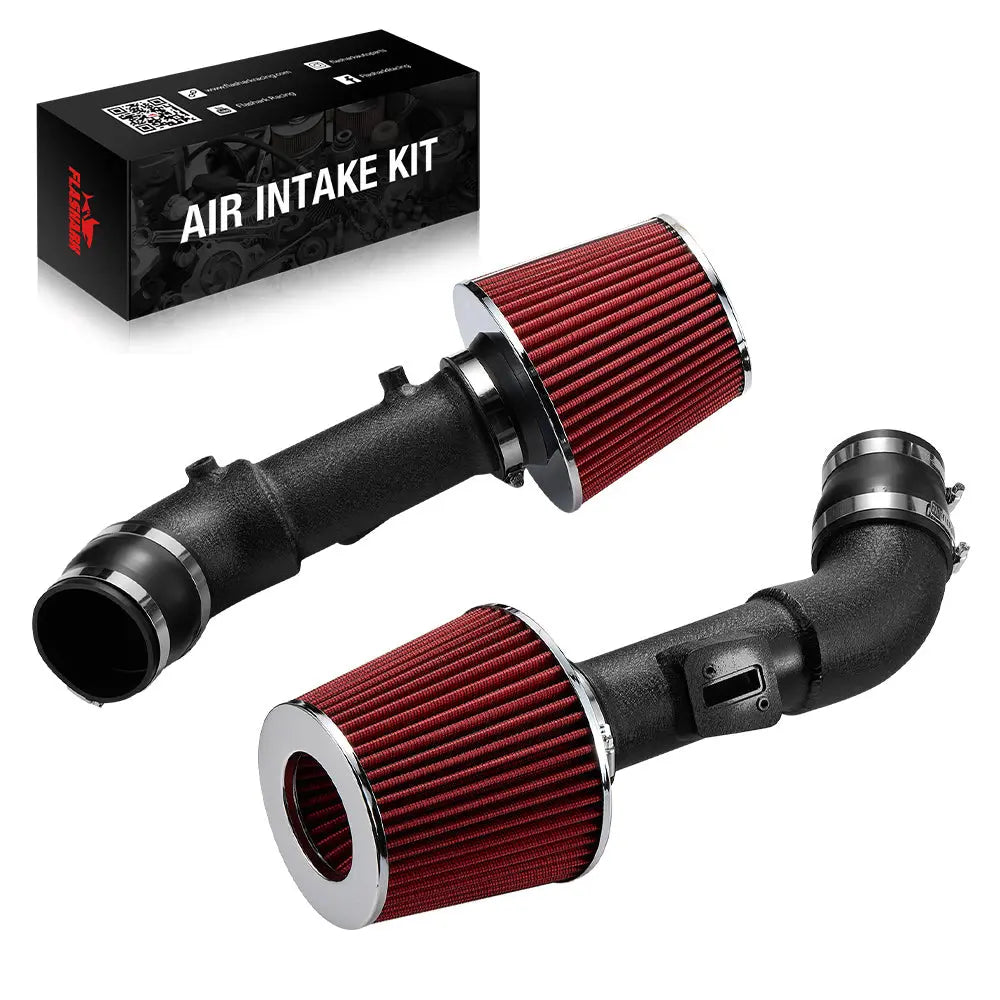
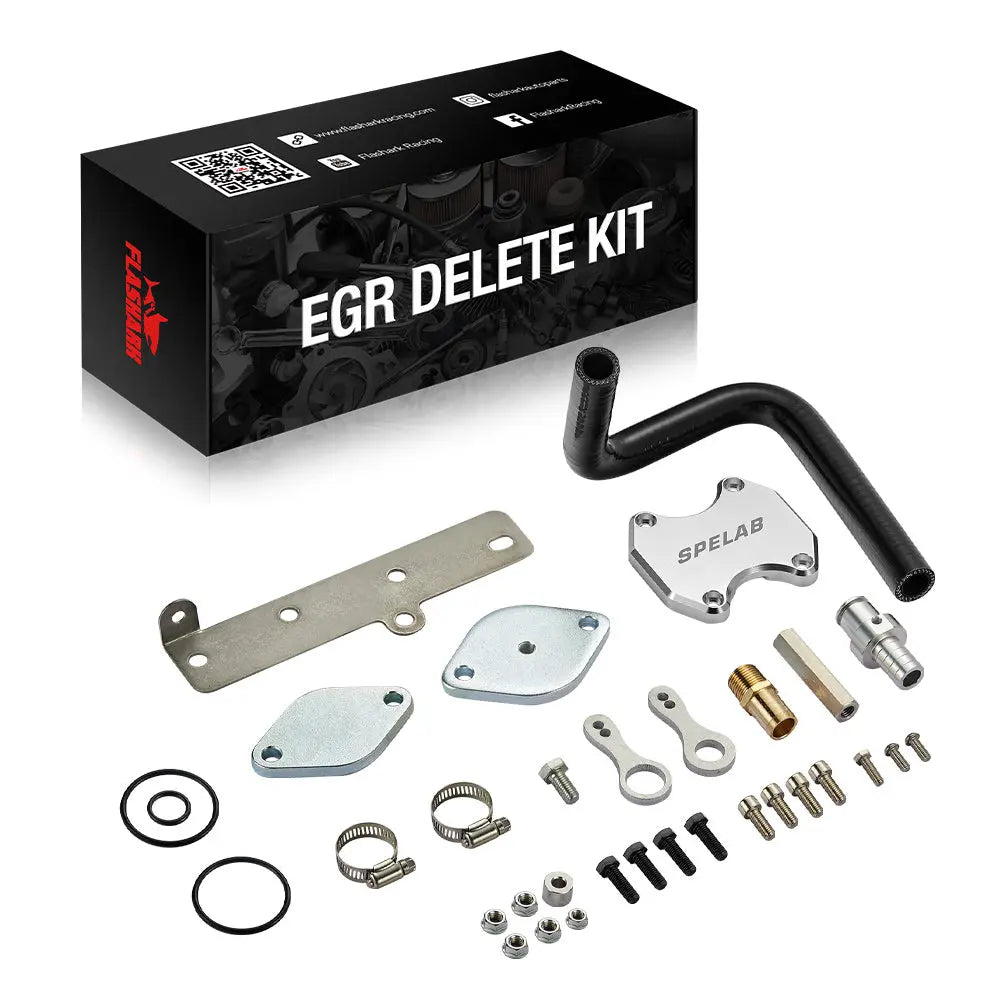
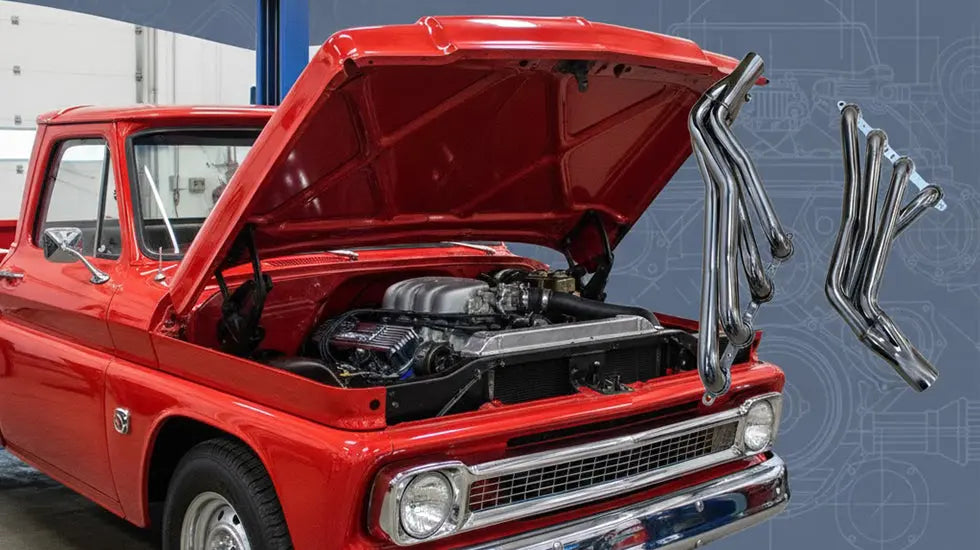



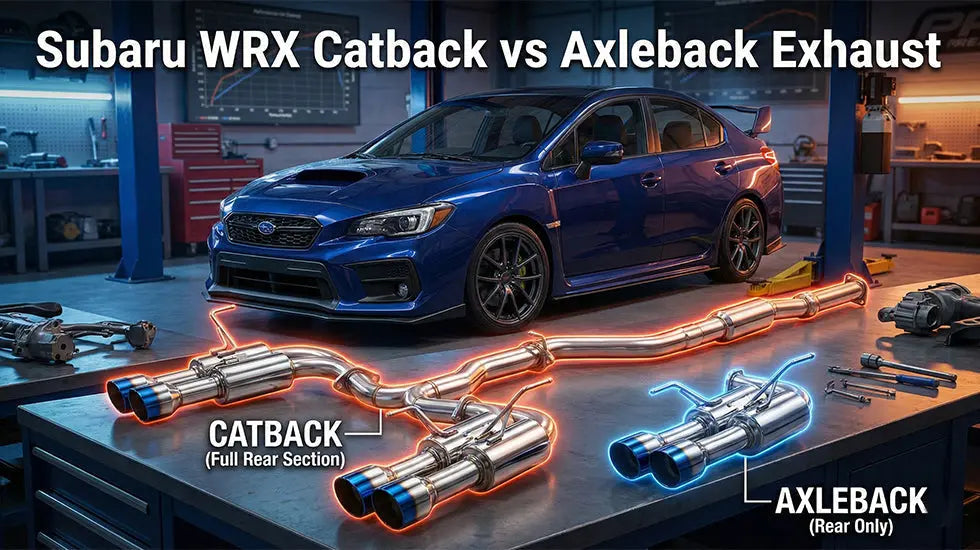

3 comments
Miguel Gonzalez
Buen día, que cambios tengo que hacer para montar un motor Vortec 5.3 en una land Cruiser FJ 61
Keith
Looking for a set of headers ,v8 swap 1999 s10 ,with vortec heads aluminum, with angled plugs ,what headers will fit me
BenJohnson
thank you in advance